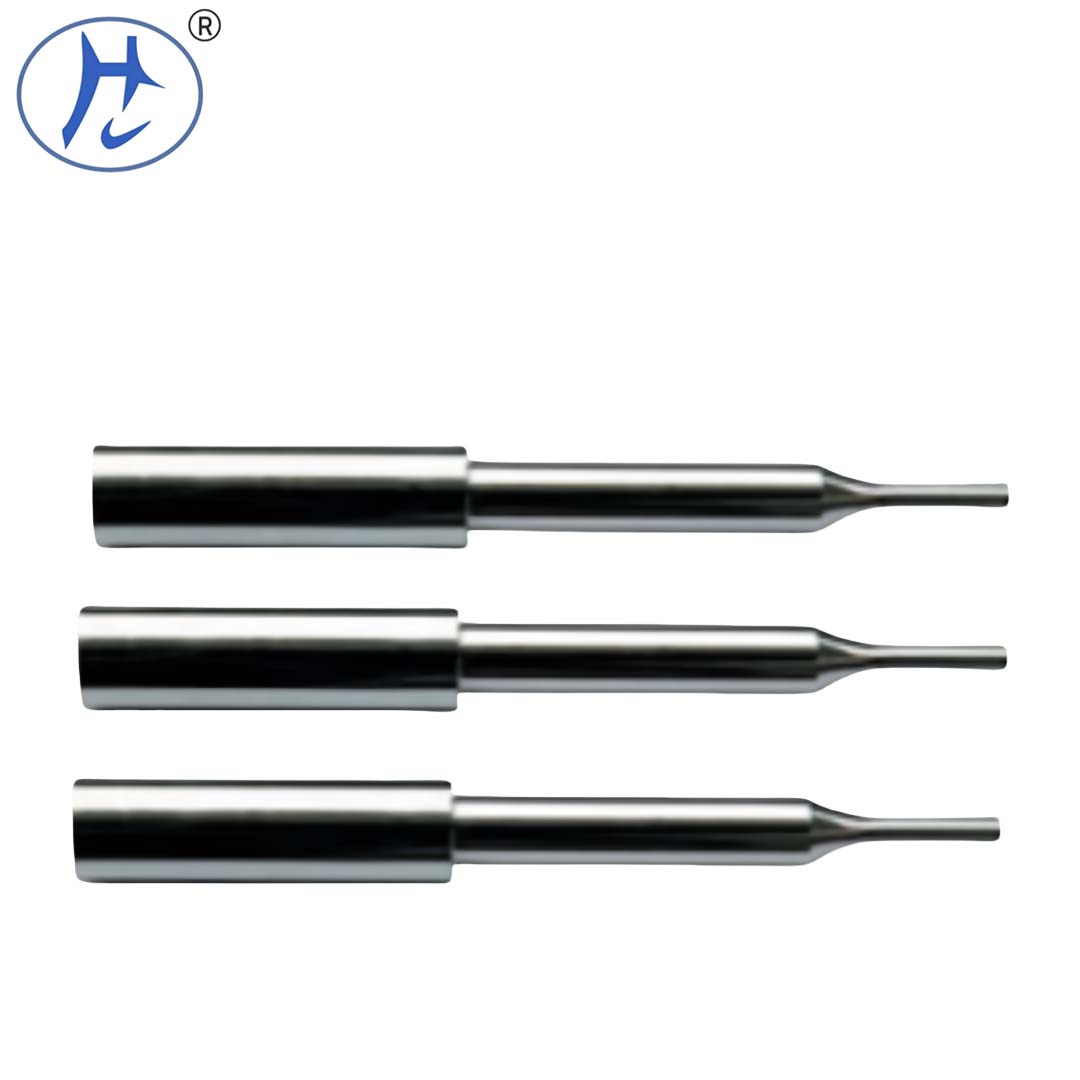
The service life of a punch pin depends on many factors, such as the quality of materials, environment, and maintenance practice. Generally, high-quality hardware punch pins can endure tens of thousands to hundreds of thousands of punches if properly used and well cared for.
The hardware punch pin is one of the most important parts in the hardware stamping mold, which acts to punch or shape the processed material during the process of stamping. Its service life determines the efficiency of mold usage and production cost directly. So, how long will a punch pin in hardware be used? It mainly depends on the following factors:
1. Material Selection
The material used for hardware punch pins has a great relation with their durability. High-quality material is required for the best wear and fatigue resistance, which increases the service life of the punch pin. Generally speaking, high-quality alloy steel or high-speed steel has excellent wear resistance and strength in manufacturing hardware punch pins. It's very important to choose the appropriate materials for the punch pin and customize different products by choosing the appropriate material. The general materials used for an ejector pin are high-speed steel variants like SKH-9, SKH-55, and SKH-59 (M42). These materials possess characteristics such as wear resistance, heat resistance, and resistance to fatigue.
2. Punch Pin Design
The shape of the punch pin is very important. A good design in punch pin can help raise the production efficiency in the processing and usage, and extend the service life of the ejector pin. The commonly applied shapes of the ejector pin and punch pin are round, oval, square, rectangular, and multi-step shapes. The specification and application of the punch pin and ejector pin should be designed according to the shape and production requirement of the work-piece.
3. Use the Environment
The operating environment is an essential influencing factor on the service life of a punch pin. In a bad operating environment, when there's high temperature, high humidity, and corrosiveness in the atmosphere, the working life of the punch pin is rather short. Besides, the speed and number of punches, hardness, and thickness of the material that is processed will also influence the service life of the punch pin. It should preferably be lubricated on the contact area between a punch pin and an ejector pin so as to achieve low friction and resistance between a punch, ejector, and its head or against the mold wall during working of the mold; thermal deformations are lowered through lessened friction, so, therefore, this will help with the increased possibilities of punching cycles and also can prolong the working life for such a punch or ejector. It is necessary to select the appropriate lubricant with the material of the workpiece, the surroundings during the processing, and other considerations. Besides, execute the correct way of application. Reason: More clarity, apt usage of vocabulary, better technical accuracy-while maintaining original meaning.
4.Maintenance
The correct use necessitates maintenance. With regular cleaning of the punch in service, frequent lubrication and check can head off possible appearance of cracks, wear or other defects right in its bud. Besides, proper use and management could also raise the service life of the punch. The fit between the punch, ejector, punch rod, and the inner hole of the mold is also very important. Usually, the difference between the ejector and the inner hole of the mold should be within 0.015 to 0.020 mm, with a surface roughness (Ra) of less than 0.05 mm, plus or minus 0.02 mm. Tolerance range can be selected based on specific materials used in the production of customized products.
In a word, the life span of the punch cannot be expressed as a certain value, but will be influenced by many factors in combination. Then, choosing high-quality materials, improving the operating environment, and strengthening maintenance practice can prolong the service life of the punch. Besides, it should be adjusted and optimized to fit the specific situation in practical use for optimal performance.

 Language
Language








